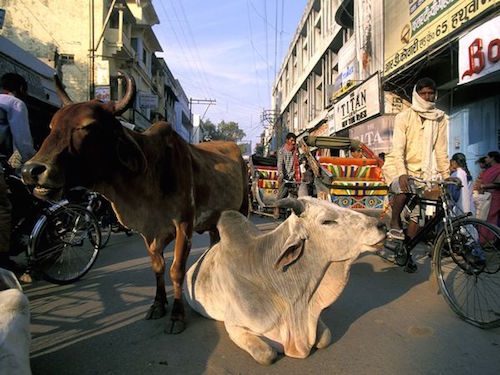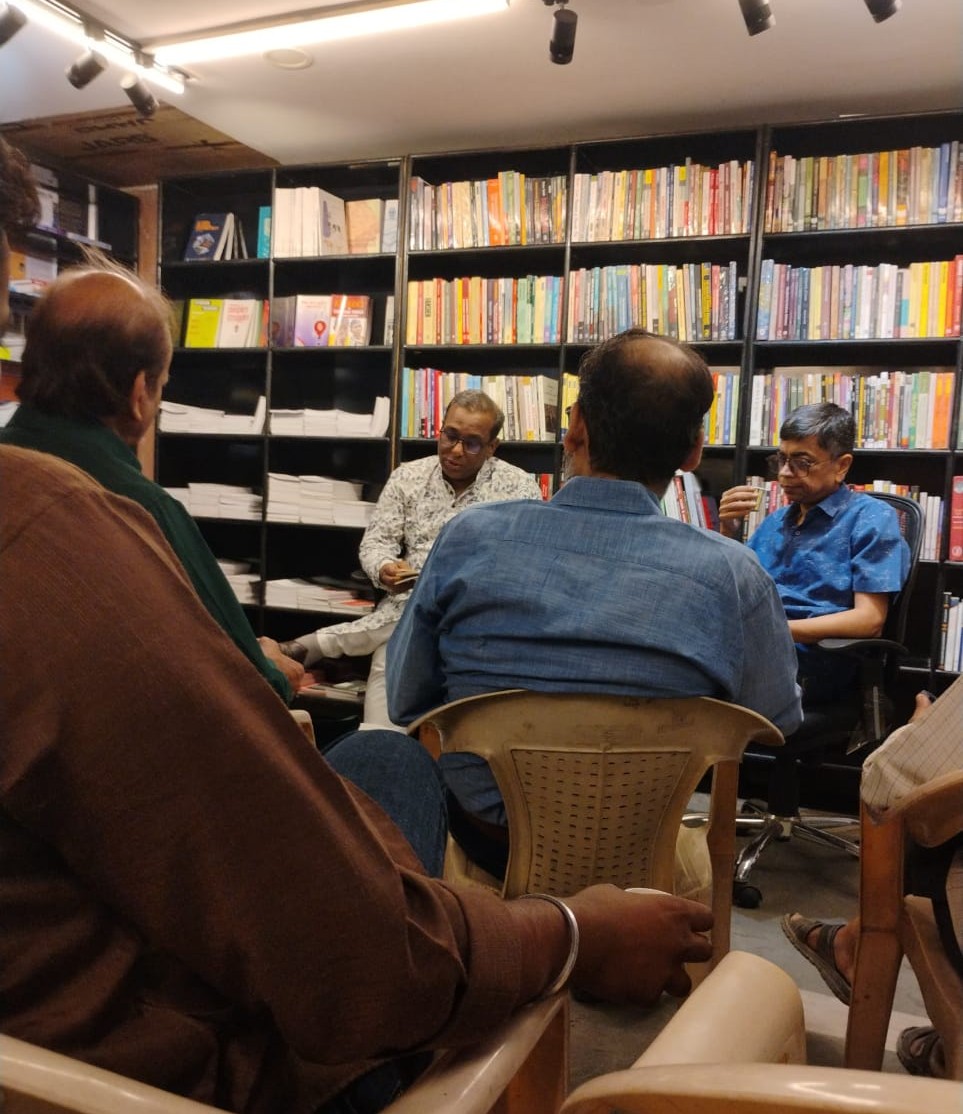Transnational fast-food chain McDonalds has declared its Indian outlets beef- and pork-free. Marketing whiz-kids know very well that beef and pork are taboo in India and therefore, if the company wants to penetrate the Indian market, it has no option but to adopt this strategy. On the other hand, there is the famous Beef King restaurant in Kolkata, which is patronized by a fairly large number of Hindus. Among some Hindu communities of Maharashtra and the Hindu Khasi community of the Northeast and in Kerala and Goa, beef is not in the list of strictly prohibited food items. In India, there is a great diversity of food habits that are taboo, unique tastes, and likes and dislikes. And we have learnt to live with these diversities and the tensions they sometimes generate.
 Here, we don’t wish to enter into the debate of whether ancient Hindus ate beef. We will also skip the issue of the powers that be interfering with the food preferences of particular communities.
Here, we don’t wish to enter into the debate of whether ancient Hindus ate beef. We will also skip the issue of the powers that be interfering with the food preferences of particular communities.
We would like to focus instead on the other aspects of the discourse on beef ban, such as religious beliefs of the majority community, its impact on the economy, its health-related repercussions and the politics behind it.
We would also like to dwell on the issue of preservation of a species from the angle of natural bio-diversity. Has human intervention in the form of excessive killing of a species or excessive protection of another led to any meaningful outcome? Given the present condition of bovines in India, it is crucial to understand what the impact of this ban (excessive protection) on the species will be.
Today, selective culling of bovines is needed to protect the species. In the absence of natural predators, slaughter of unproductive bovines (cow, calf, bullocks, etc) is necessary. In wildlife sanctuaries and national parks, an optimum predator-prey ratio is always maintained. But for this balance, bio-diversity cannot be maintained.
If unproductive cows are not slaughtered and are allowed to die a natural death, it would make the species as well as humans vulnerable to a wide range of infectious diseases. Those opposed to cow slaughter may argue that the government should take the responsibility of unproductive animals but this will neither be practical nor can we be sure that the government will fulfil the promises it makes in this regard.
If bovines are not selectively culled, ordinary farmers and cattle-rearers won’t be able to feed them for economic reasons and like stray dogs and pigs, they will have to survive on garbage dumped on roads. Experts in animal husbandry tell us that cows grow old (unproductive) after giving birth to five to eight calves. The use of oxen in farming is on the decline and due to the growing use of artificial insemination, bulls are no longer as useful as they once used to be.
Experience gathered over generations has taught cattle-rearers when to sell off a cow or bull, and when they do so, more often than not, they know very well that their animal will be taken straight to the slaughterhouse. This is their economic compulsion and it is socially acceptable. No cattle-rearer community can survive only by selling milk and milk products. Sale and purchase of cattle for meat is common enough. After Narendra Modi’s inflammatory references to “pink revolution” during the run-up to the last Lok Sabha polls, it was revealed that Gujarat, besides having a prosperous dairy industry, is also a big exporter of beef. Today, India is one of the biggest beef-exporting countries. The BJP should be wary, for the beef ban could come in the way of fulfilling its promise of boosting India’s GDP and exports.
Statistics show that buffaloes contribute more to India’s milk and beef production than cows. As it is, with the advent of foreign cow breeds like Freezien, Jersey and Brown Swiss, indigenous breeds are under threat. A ban on cow beef may ruin the entire cow-breeding industry.
The BJP state governments and the Sangh brotherhood want to fan communal frenzy among the peasant and cattle-breeder communities by targeting a particular religious group in the name of banning cow beef. Its objective is regimentation of the Hindu community by using cow as a totem, just as it used Ram, Ayodhya and Gita. This regimentation will sound the death knell for the diversity inherent in the Hindu religion and turn the Hindu community fanatic and aggressive. The Hindus at large have never taken the agitations of the fanatic so-called “gau rakshaks” seriously, although these agitations have triggered riots in the past.
Our cows can survive only if they inhabit the farms, barns and cowsheds of farmers and not the gaushalas-cum-rehabilitation centres run by the government or the “gau rakshak sanghs”.
Published in the June 2015 issue of the FORWARD Press magazine





